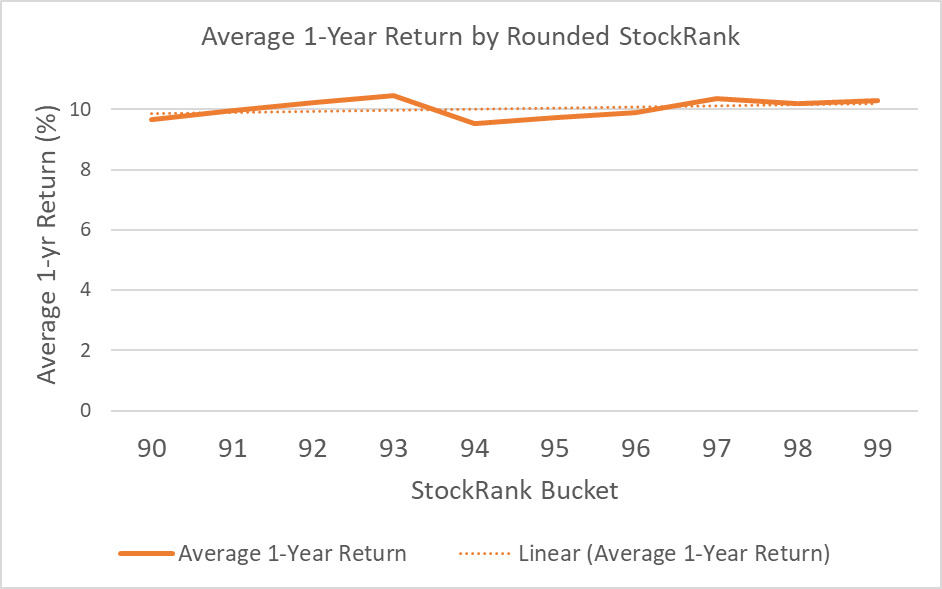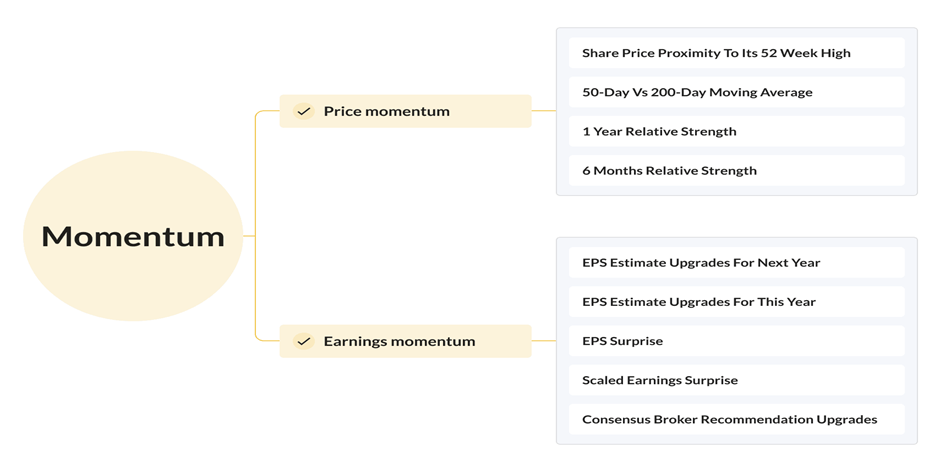When I wrote an article looking at when to sell SuperStocks, I controversially suggested that investors may want to ignore SuperStocks that have remained SuperStocks for an extended period. Rather than being undervalued stocks that are ripe for a re-rating, they are instead likely to have features that the algorithms like but investors won’t. This led to an interesting debate in the comments as to whether stocks that have risen recently to become SuperStocks should be favoured over those that have been SuperStocks for some time. I now have the data to investigate this hypothesis further.
The data-heads at Stockopedia have given me the list of all SuperStocks for each year, plus their subsequent 1-year price return. Due to a quirk in how the database is structured, the team have only been able to provide me with the StockRank 1 year and six months prior for SuperStocks in 2016, 2017, 2021, 2022, and 2023. (StockRanks tend to change relatively slowly and the changes are often driven by results, hence choosing the StockRank change over one year, and six months, for this study.) Despite the limited number of years of data, I have been able to draw some meaningful conclusions. But first, let me answer another question that has been bugging me for a while:
Are all SuperStocks created equal?
It can be tempting to think that a stock with a StockRank of 99 is better than one with a StockRank of 90, but is that true? Here is the average subsequent 1-year return of each SuperStock on the same date in each year from 2014-2023, by rounded down StockRank:

[Note that these are price-only compound returns without dividends. When I do the straight average, I get a bigger variation, but when I calculate the compound return, which more accurately reflects the returns an investor may get, it is largely removed.]
So it seems bigger is indeed better when it comes to StockRank, but the difference is very slight, at perhaps around 0.4% between the highest and lowest SuperStocks in annual return. On top of this, the relationship here is very noisy. I’m not sure there is any reason, other than pure chance, why the 94th percentile StockRank should perform so badly and the 93rd so well. Even owning just the 99th Percentile StockRank stocks isn’t a guarantee of success…







.JPG)



